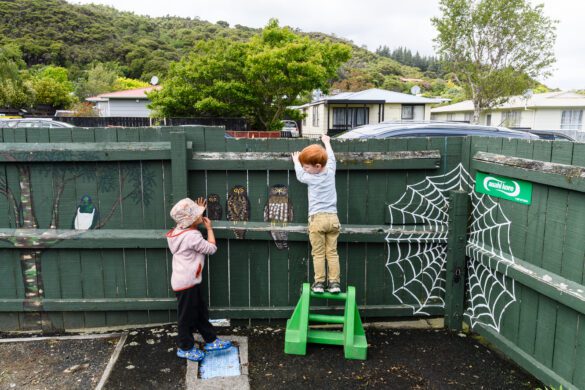
Capturing communication
An innovative language project involving 19 kindergarten teachers has shown the value of collaboration and using data to enhance intentional teaching in early childhood education.
No Image

An innovative language project involving 19 kindergarten teachers has shown the value of collaboration and using data to enhance intentional teaching in early childhood education.
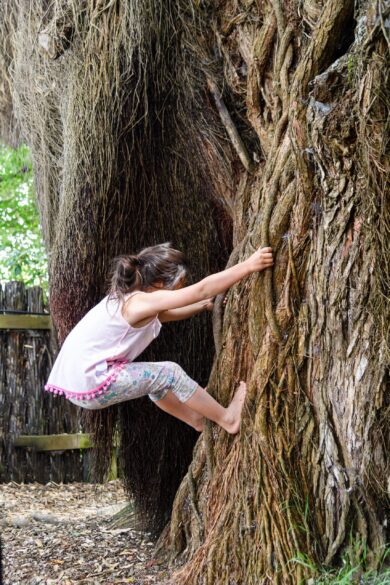
Puta noa i te motu e ngana ana te hunga tangata ki te ako i te reo Māori me Te Reo Turi/New Zealand Sign Language (NZSL), koia nei ngā reo taketake o Aotearoa. I kōrero ake a Ako ki ētahi o ngā ākonga e ngana nei ki te whai i tēnei kaupapa, ko te whāinga hoki ko te whakamana i ngā reanga e kake ake ana, e mōhio ai rātou ko wai rātou, nō hea rātou.

Across the country people are making it their mission to learn te reo Māori and New Zealand Sign Language (NZSL), both official languages in Aotearoa New Zealand. Ako spoke to educators who have taken up the language learning challenge, with the aim of empowering the next generation to be confident in who they are and where they come from.
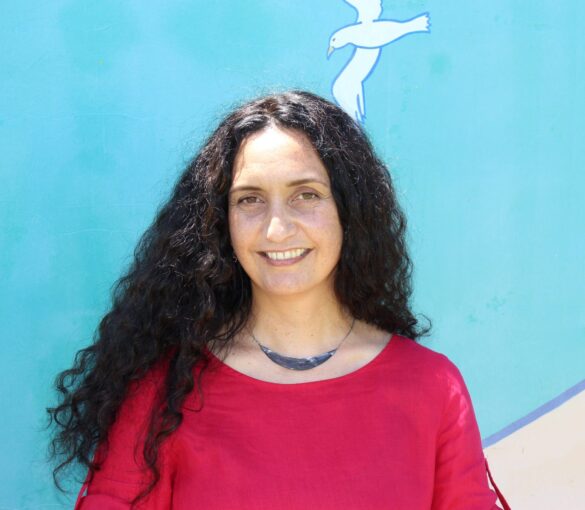
Kairangahau Matua (Senior Researcher) at NZCER Nicola Bright shares her thoughts on why we need to put Māori first when we’re talking about te reo Māori revitalisation.

AKO catches up with Api Nathan, deputy principal and Māori immersion strand leader at Otari School in Wellington, and hears how they supported immersion learning while the country was in lockdown.
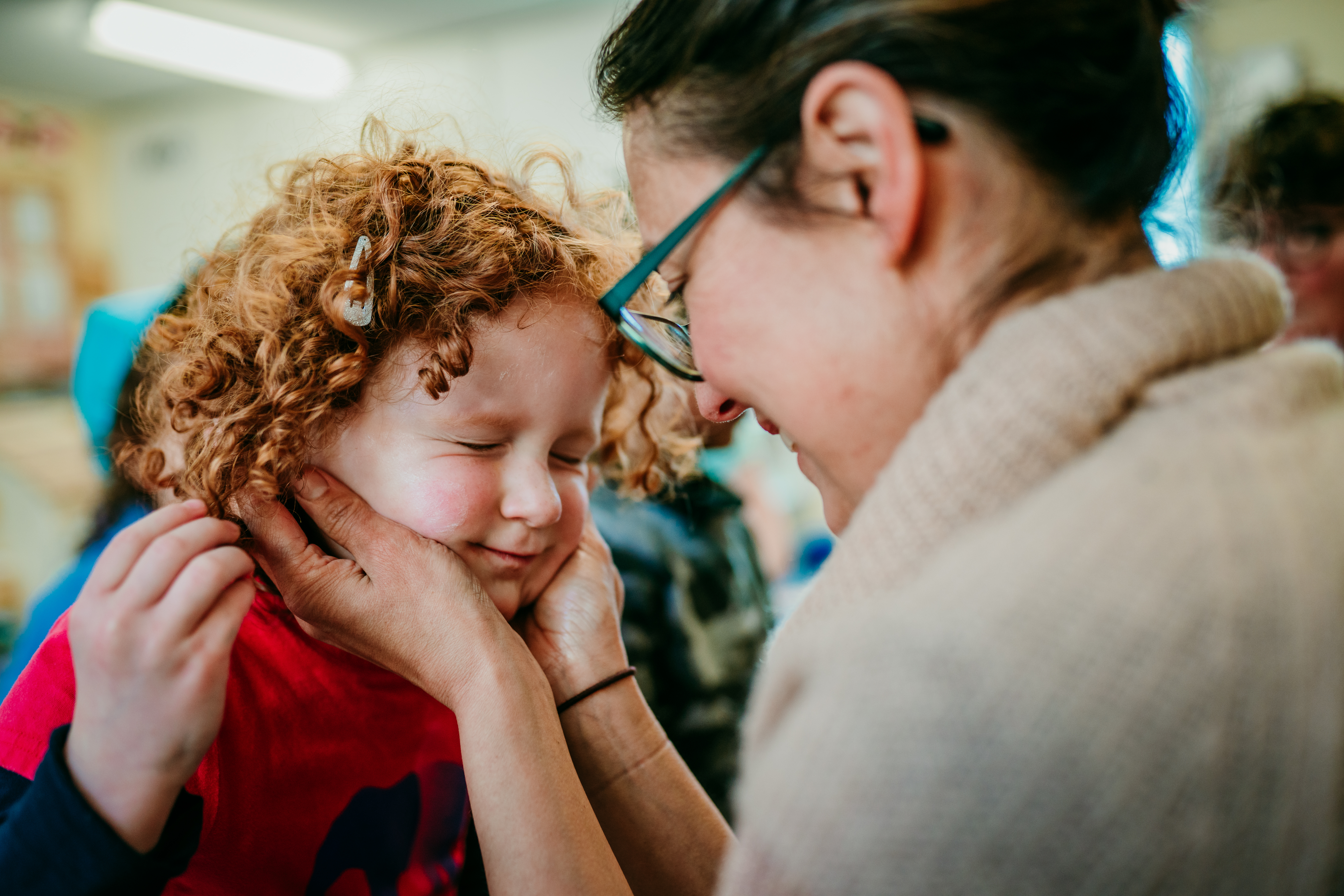
Oral language learning in early childhood is critical to success in later life. But how well do we do it in New Zealand?
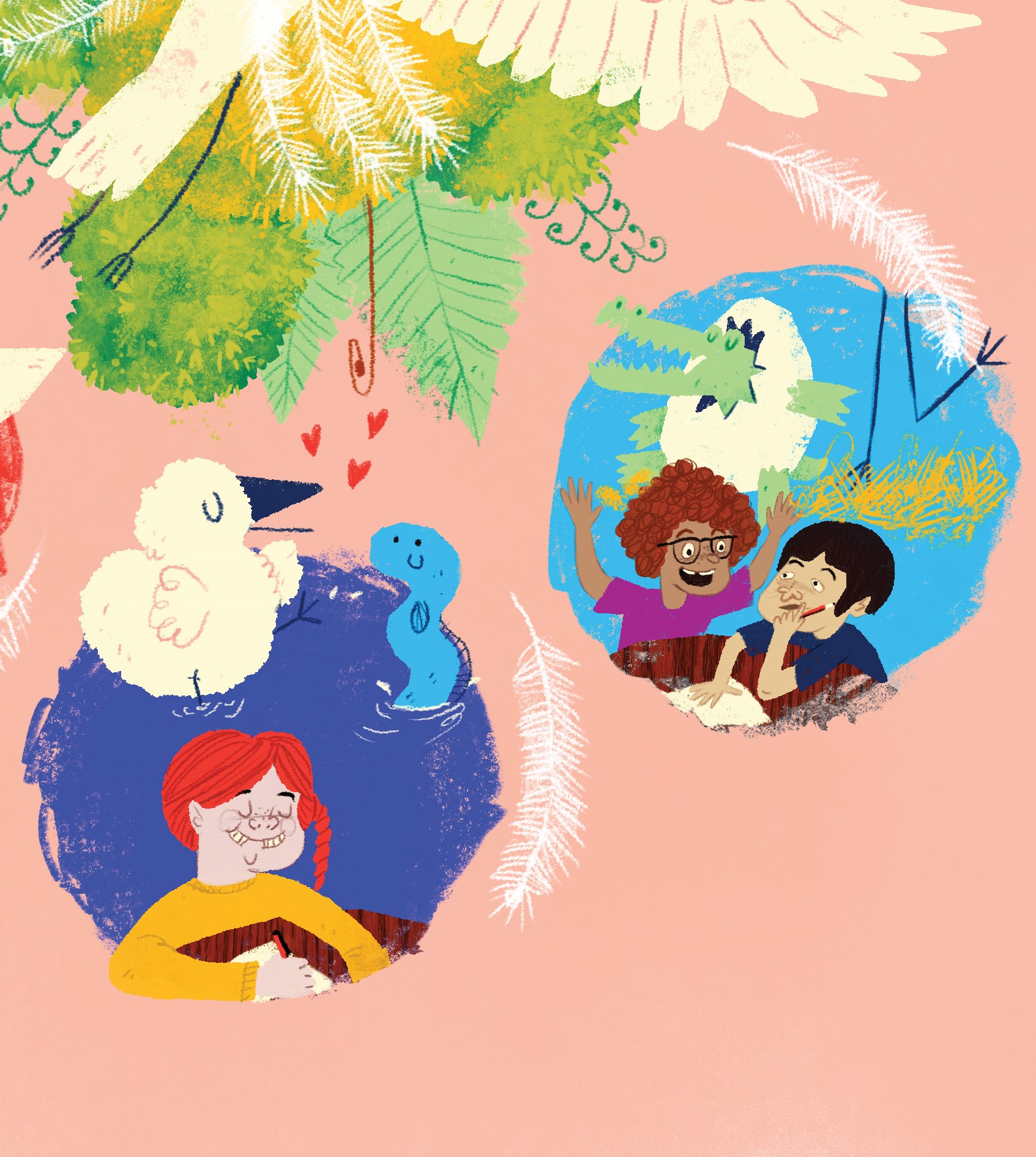
Strong written language skills not only help students to cement and present their learning – some teachers are using creative writing to strengthen children’s sense of identity and build resilience.

A leai se gagana, ua leai se aganuu … A leai se aganuu ua po le nu‘u.
When you lose your language you lose your culture, and when there is no longer a living culture, darkness descends on the village.
– Samoan proverb
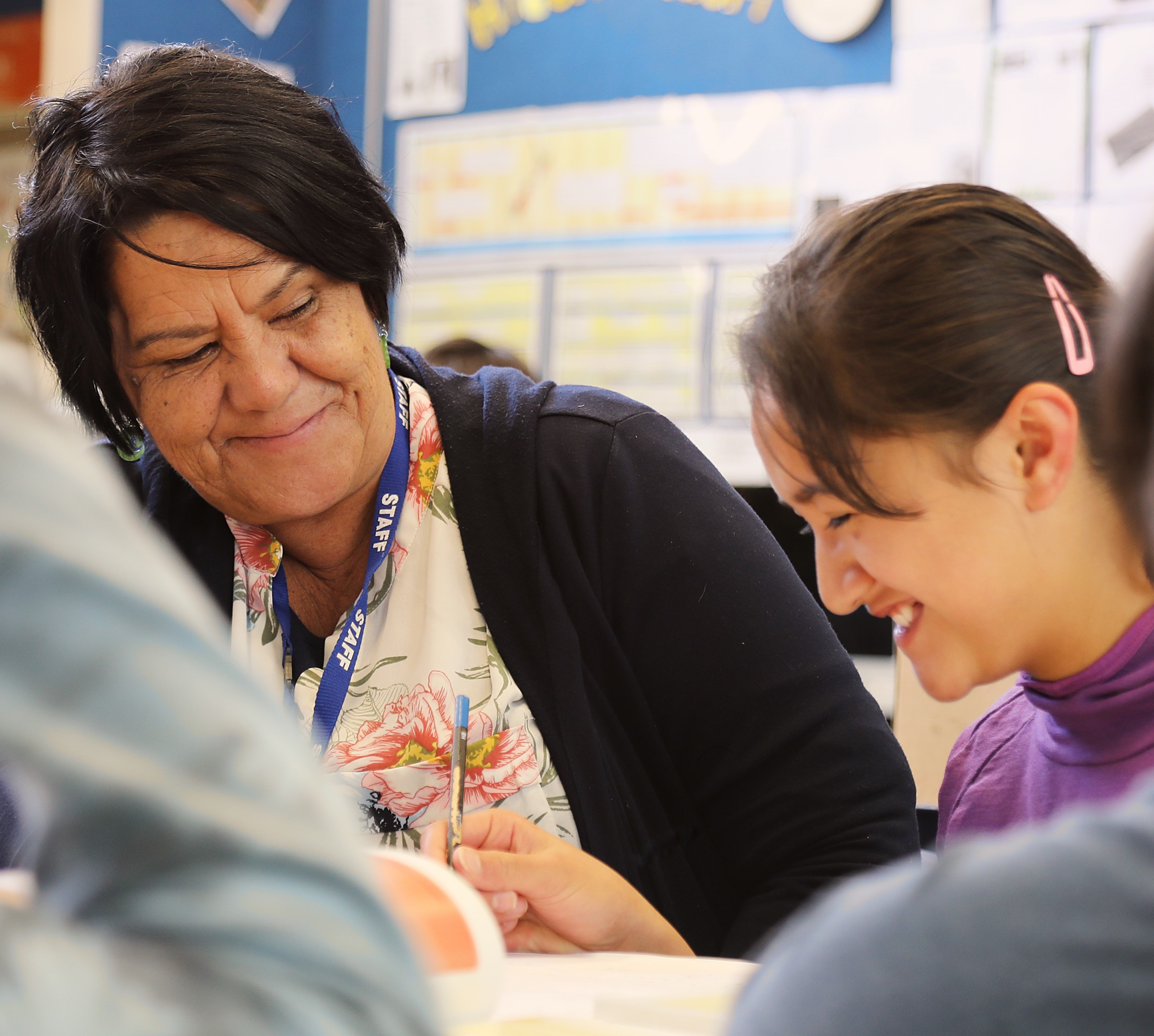
Over the past 30 years, the demand for Māori immersion learning has increased, being a pivotal way to strengthen te reo Māori. What effect do immersion units have on mainstream schools and their communities?
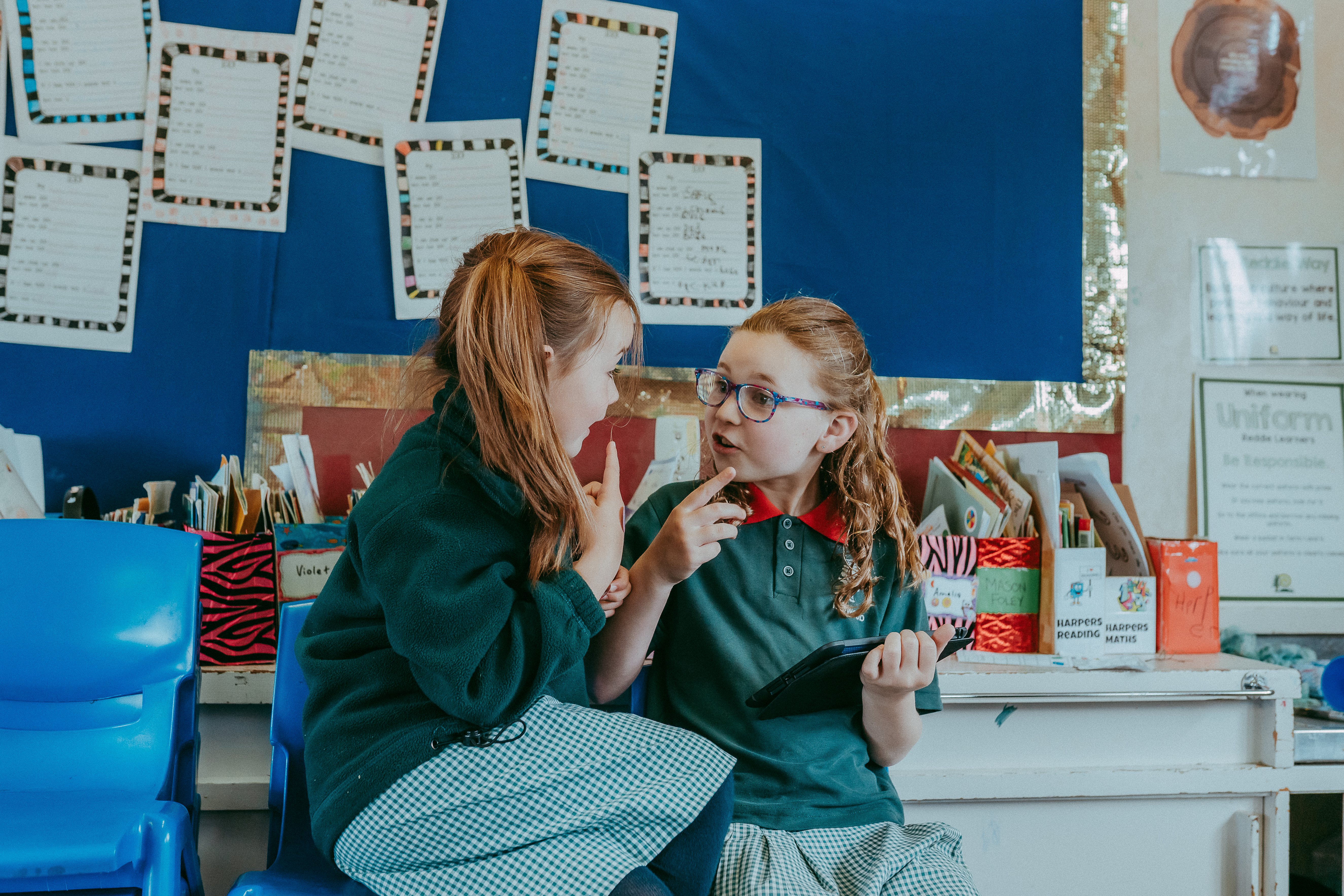
The landscape of Deaf education in New Zealand has changed a lot over the last 20 years. We look at the options now available to deaf children who are starting primary school.
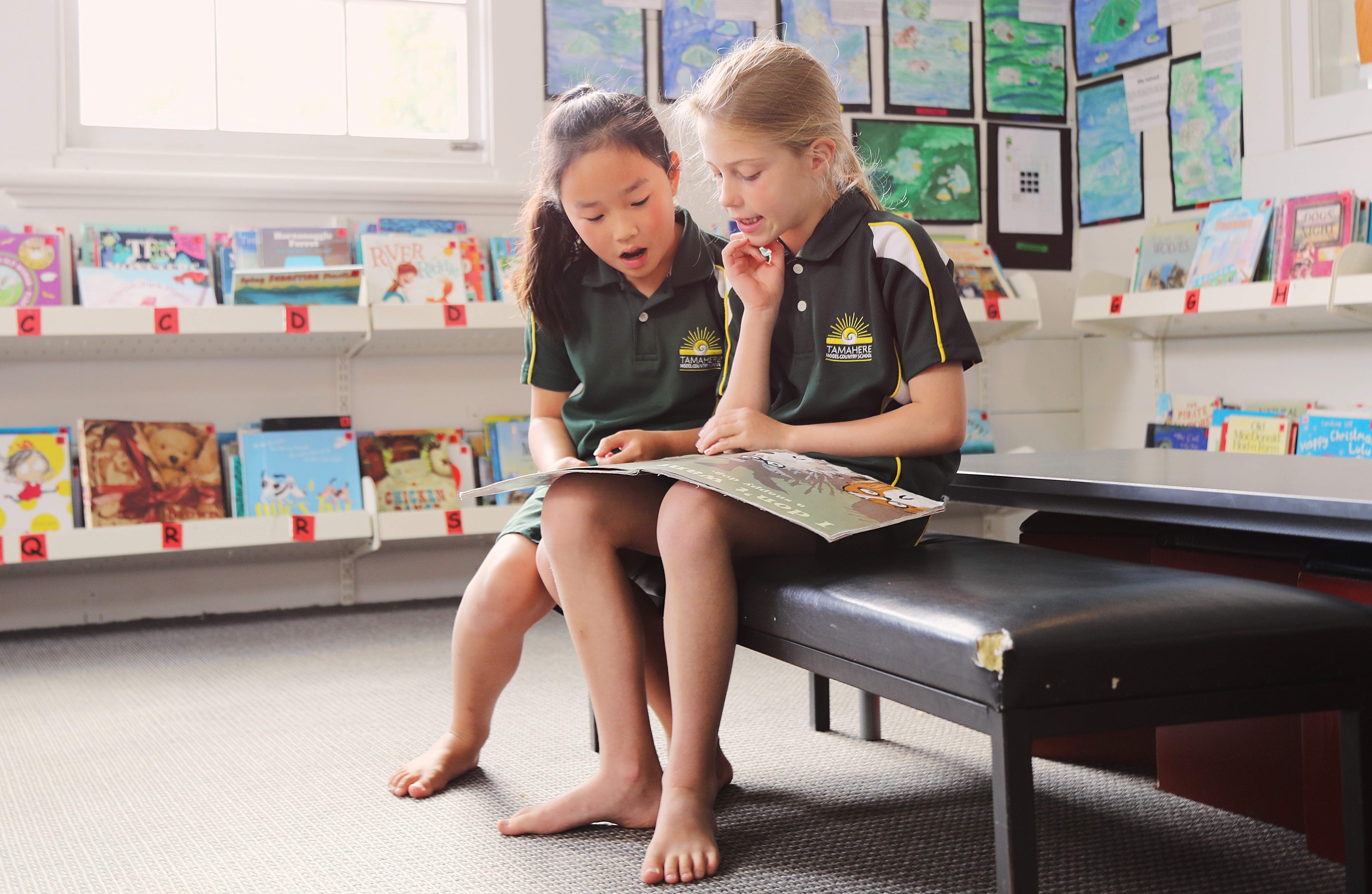
School librarians talk about how they serve the varied needs of their communities.
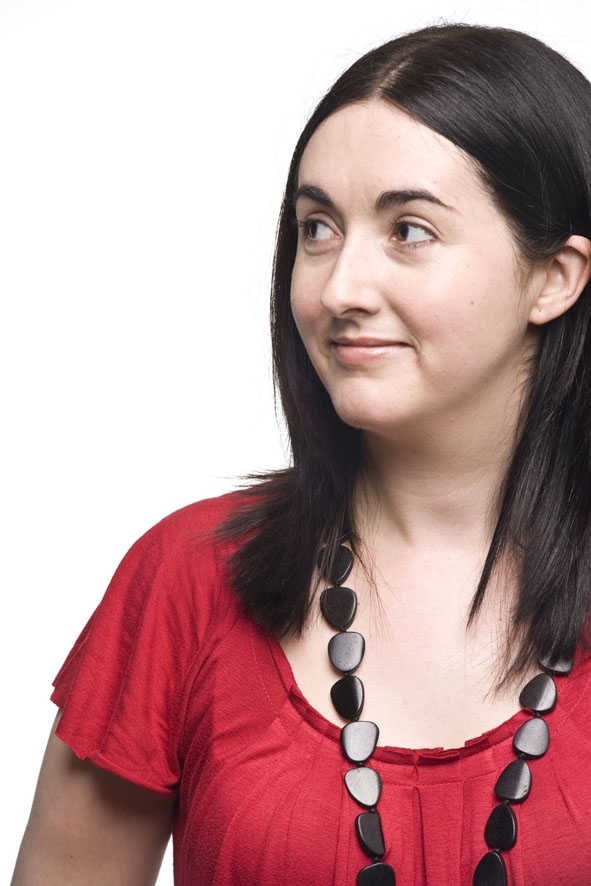
Every year I read my class the same book – Tales of a Fourth Grade Nothing by Judy Blume. Why? One of my favourite memories from primary school was hearing it read by my Year 3 teacher.
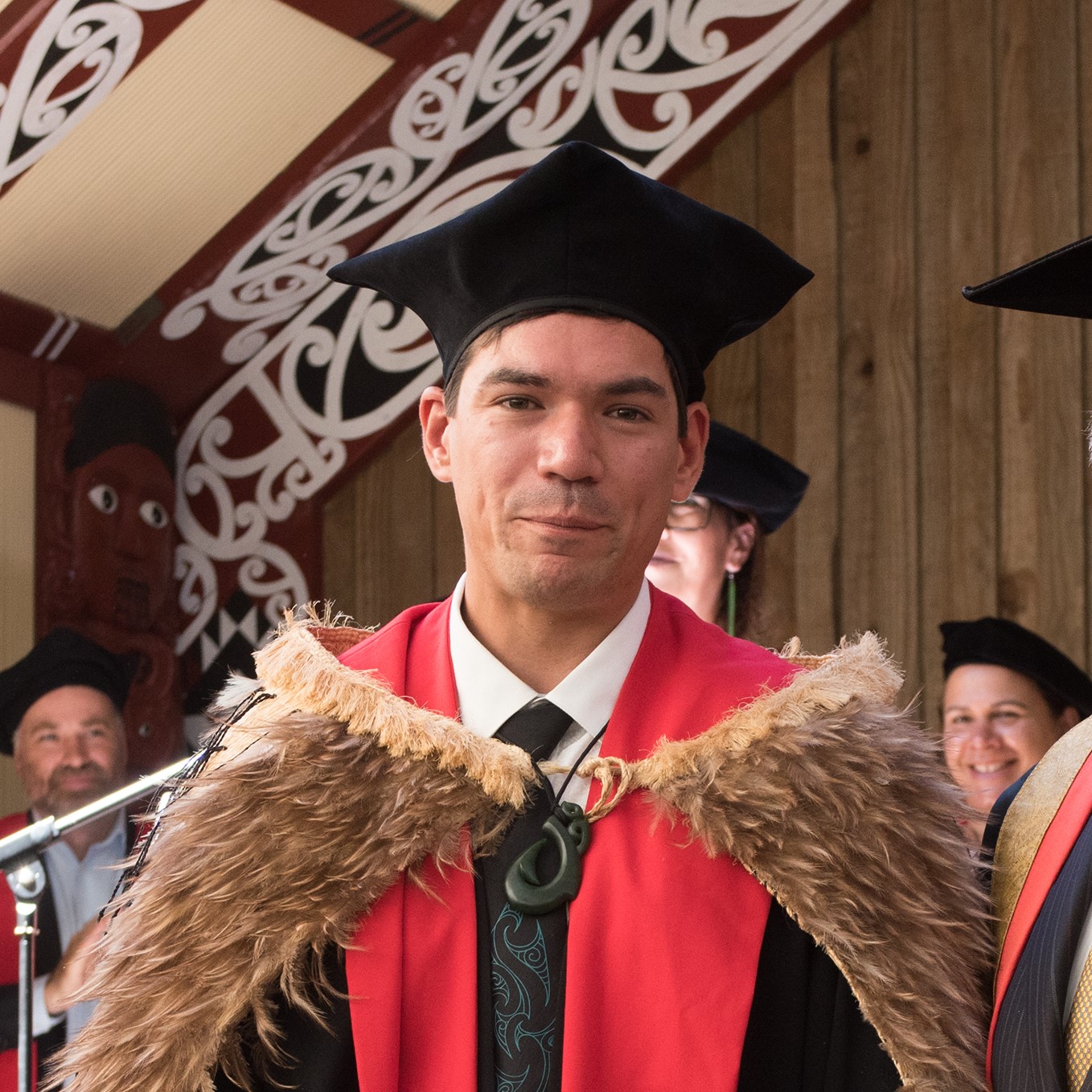
Ah, compulsory te reo Māori in mainstream schools. It’s a grazing table for politician-elects and a fear-inducing topic for overworked teachers. It’s been on the cards since 1972, when 33,000 people signed a petition approaching Government on the topic, but so far, it’s been a fruit too high to harvest.
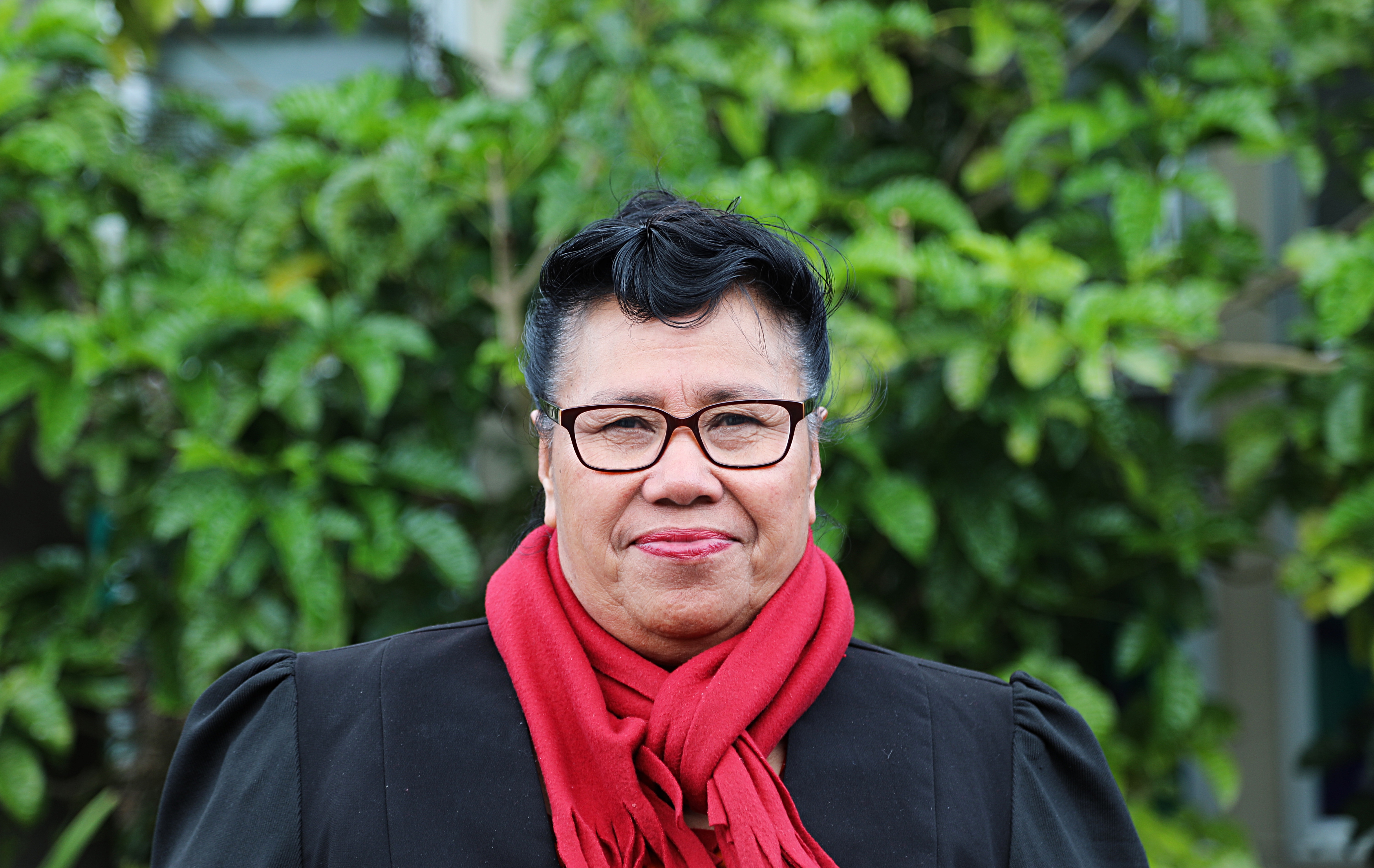
O a ia Taumafa? O Taumafa Manogi, ua fa‘atusaina lea i le fa‘aaogaina o le Gagana e fafaga ai tama a Samoa e Faatonu, Fa‘asino, Faapoto ma Fesoota‘i ai. E leitioa fo‘i le Fa‘autaga ma le ‘au fai Tofā a fa‘apea mai: “O fānau a tagata e fafaga i ‘upu ma tala ‘ae ‘o tama a manu o fuga o lā‘au.”
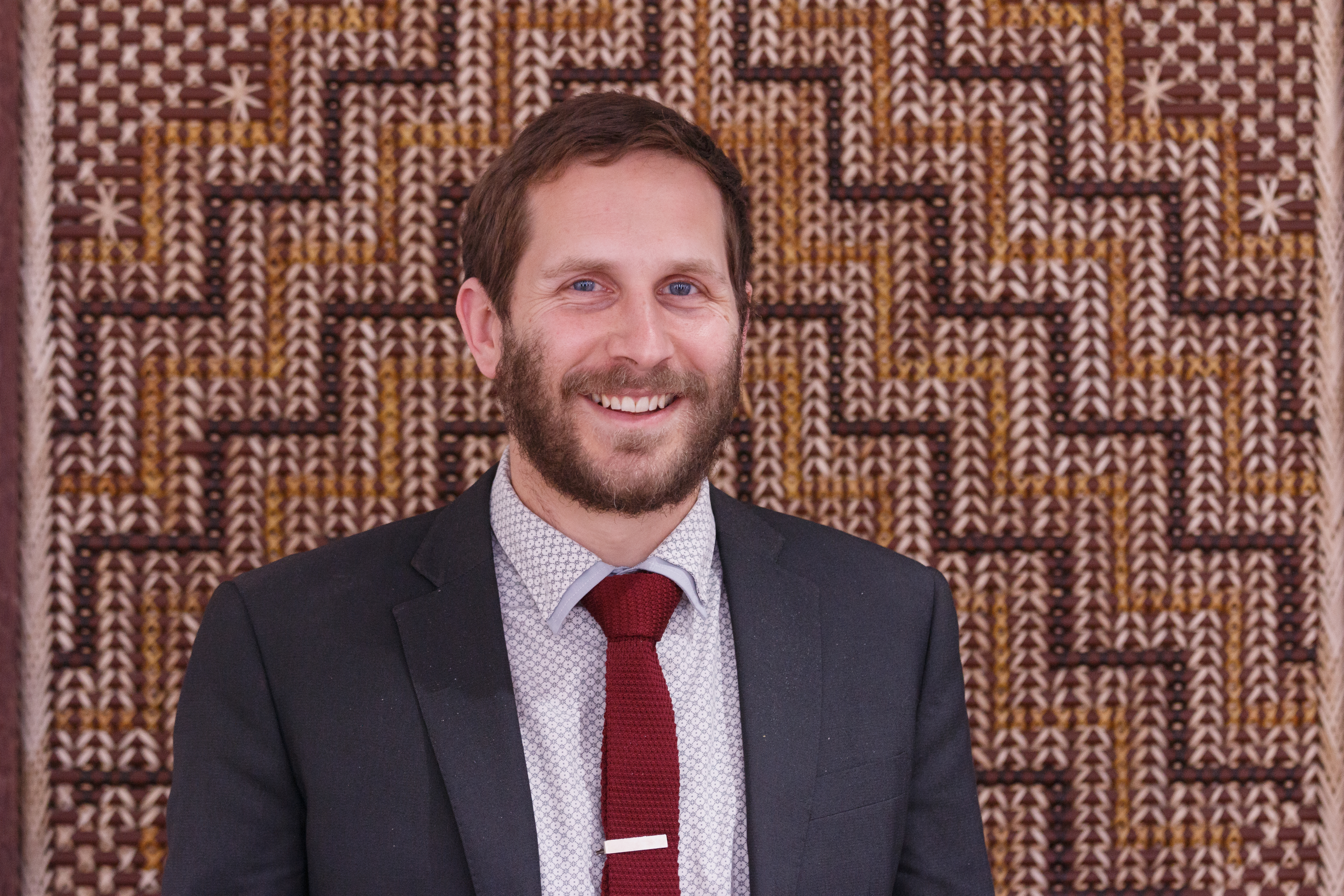
It is great to have the opportunity to contribute to Ako. I am really pleased that this issue is focussed on language, as it is top of mind for me.
Michelle Simms, the librarian at Te Totara Primary School, talks about some of the ways she supports literacy at the school.
Nerra Lealiifano-Tamarua considers herself blessed.
“I am one of the lucky generation of Pasifika New Zealanders who learned to walk in two worlds. I’m confident and successful as a Samoan and as a Kiwi – and that’s what I want for the students I teach.”
A number of mainstream schools like Otari School can date their Māori immersion units back to the late 1980s and early 1990s, developing alongside the Kura Kaupapa Māori movement.
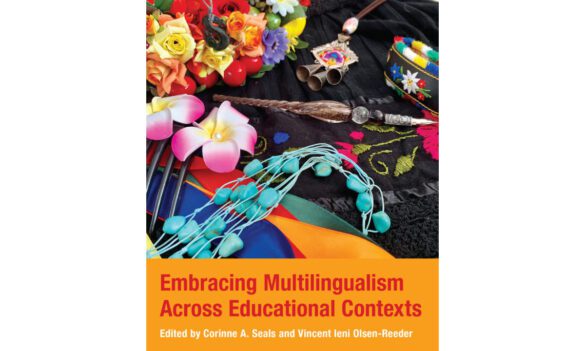
A review of Embracing Multilingualism Across Educational Contexts.